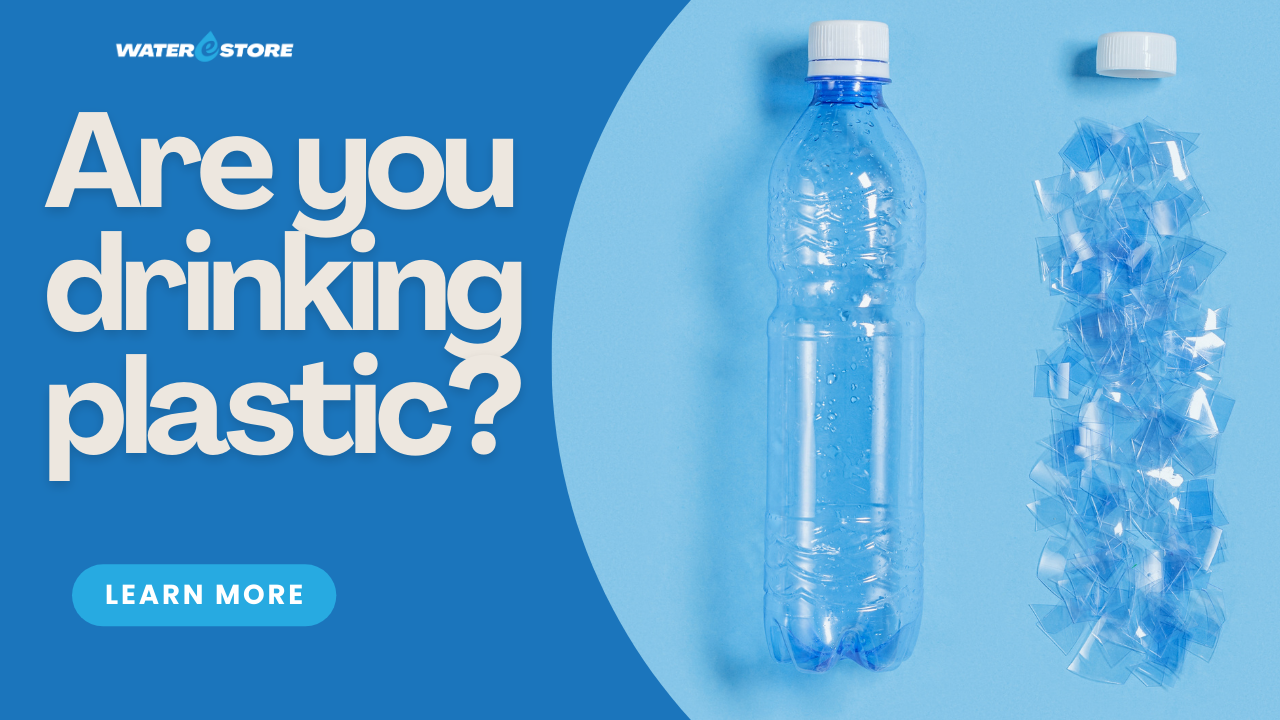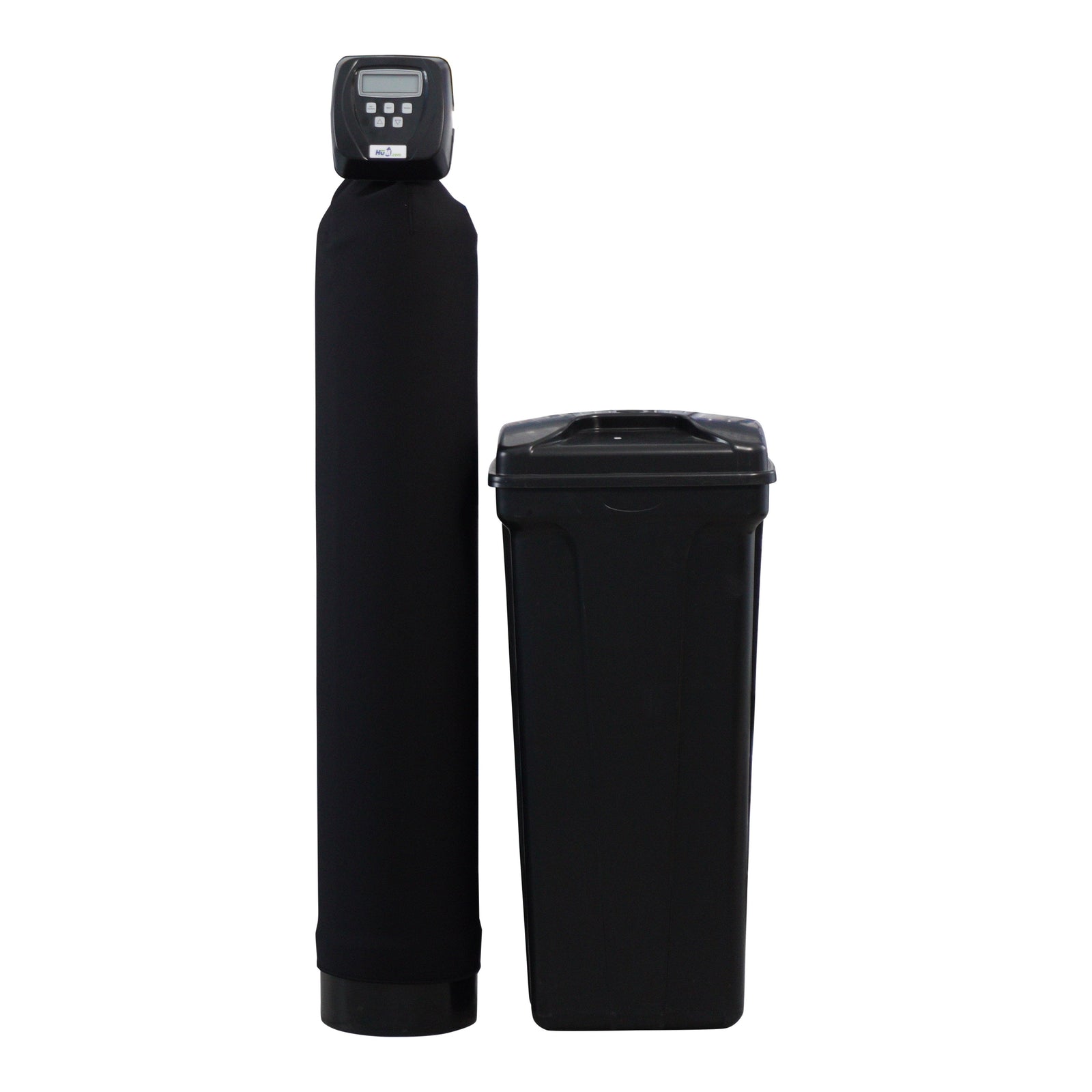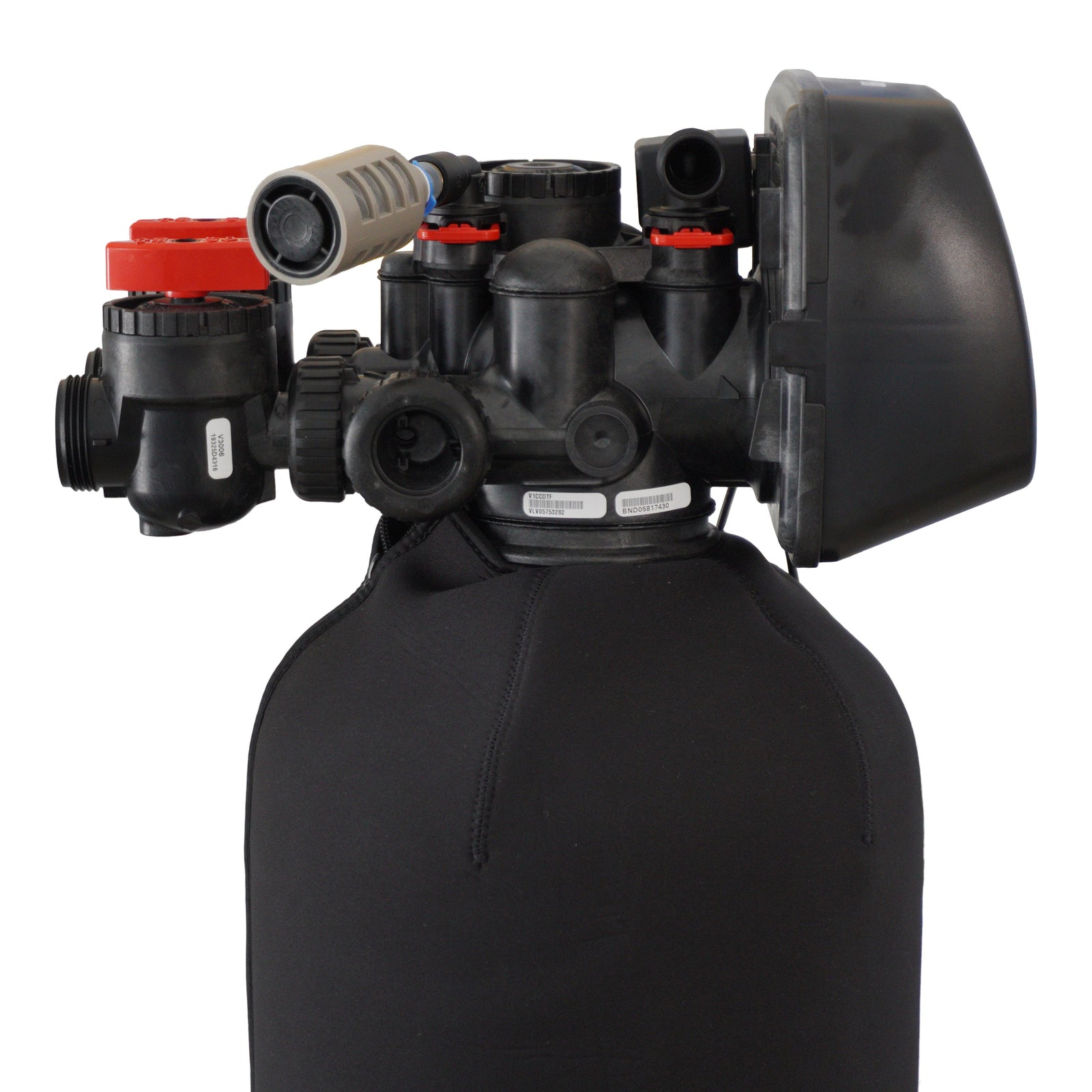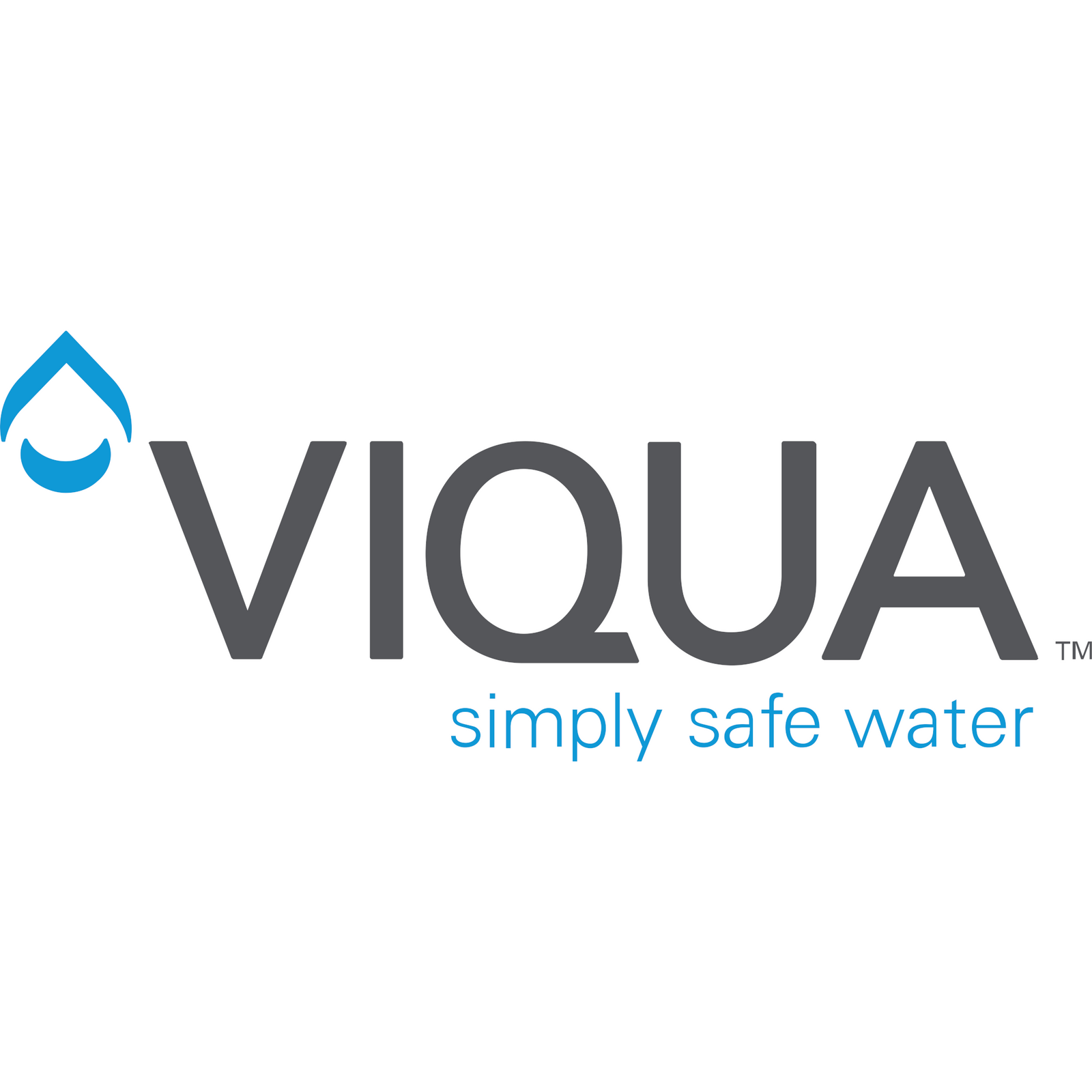
Did you know you might be consuming the equivalent of a credit card in plastic—every single week? The culprit? Microplastics—and one of the biggest sources is your drinking water. In this post, we’re breaking down what microplastics are, how they get into your water, the potential risks to your health, and what you can do to remove them.
✅ Overview:
-
Microplastics are tiny plastic particles that can contaminate tap and bottled water
-
Long-term health effects are still being researched, but reducing exposure is recommended
-
Filtration systems are one of the most effective ways to protect your family
Let’s dive into the details.
What Are Microplastics (PFAS) and How Do They Get Into Drinking Water?
Microplastics are plastic particles smaller than 5 millimeters. They come from the breakdown of larger plastic waste, synthetic clothing fibers, cosmetic products, and even the wear-and-tear of tires.
So, how do they end up in your drinking water?
Rainfall and runoff carry plastic particles into rivers, lakes, and reservoirs. Even treated water from municipal sources often still contains traces of microplastics. And if you’re using bottled water? Studies show bottled water can actually contain more microplastics than tap water.
💡 Just because you can’t see microplastics doesn’t mean they aren’t there. We've tested countless water samples at Water eStore and continue to see alarming amounts of invisible contamination—microplastics included.
Are Microplastics Dangerous to Human Health?
Here’s the truth: scientists are still trying to fully understand the impact of microplastics on human health—but early research suggests it's not something to ignore.
Some known concerns:
-
Microplastics can carry harmful chemicals like BPA and phthalates
-
They may trigger inflammation or hormonal disruption
-
There is evidence they can accumulate in organs over time
⚠️ While long-term effects aren’t fully known, minimizing plastic exposure is a smart and proactive choice—especially for families with young children or those with health sensitivities.
How Can You Remove Microplastics from Your Water?
Here’s the good news: you can take control.
While basic carbon filters (like those in common pitchers) aren’t designed to catch microplastics, there are filtration systems that can.
✅ Best options for removing microplastics include:
-
Reverse Osmosis (RO) systems
-
Ultrafiltration systems
-
Whole-house filtration setups with fine micron ratings
Think bottled water is the safer route? Not necessarily. In many cases, bottled water contains microplastics too—plus, the plastic bottle itself can leach additional chemicals over time.
Ready to Take the First Step?
Avoiding all plastic in today’s world is nearly impossible. But when it comes to your drinking water, you do have options.
🎯 At Water eStore, we’ve helped thousands of families get access to clean, high-quality drinking water. Our team of experts can test your water, walk you through the best filter options, and provide a personalized quote—no pressure, just helpful guidance.
👉 Click here to reach out for your free consultation and water test








